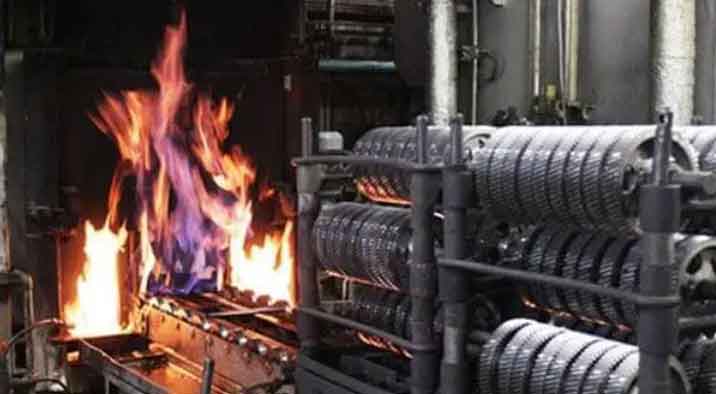When it comes to the heat treatment of herringbone gears, there are several best practices to ensure industry compliance. These practices help to meet the required standards and regulations while achieving the desired performance and reliability of the gears. Here are some key considerations:

- Material selection: Choose a material that is suitable for the intended application and complies with industry standards. Common materials for herringbone gears include alloy steels such as 8620 or 4320, which provide good strength and wear resistance.
- Design considerations: Ensure that the gear design is suitable for heat treatment. Take into account factors such as material thickness, geometry, and the presence of thin or intricate sections that may require special attention during heat treatment.
- Process validation: Validate the heat treatment process by conducting trials and tests to ensure it meets the required industry specifications. This includes verifying the appropriate heating temperature, holding time, quenching medium, and cooling rate for the specific material and gear design.
- Consistency and repeatability: Establish processes that ensure consistent and repeatable heat treatment results. Implement standard operating procedures (SOPs) that outline the necessary steps, process parameters, and quality control measures to achieve reliable and uniform heat treatment outcomes for herringbone gears.
- Surface preparation: Properly clean and prepare the gear surfaces before heat treatment to remove any contaminants or surface impurities. This can be done through processes like shot blasting or grinding, ensuring a clean and uniform surface for heat treatment.
- Quenching medium selection: Choose the appropriate quenching medium for herringbone gears based on material properties and desired hardness characteristics. Common quenching mediums include oils, water, or specialized polymers. Selecting the right quenching medium helps achieve the desired hardness and minimize the risk of distortion or cracking.
- Post-heat treatment processes: Consider implementing post-heat treatment processes, such as tempering or stress relieving, to optimize the final properties of the gears. These processes can help reduce residual stresses, improve dimensional stability, and enhance the gear’s performance.
- Quality control and inspection: Implement stringent quality control measures throughout the heat treatment process. This includes regular inspection of gear dimensions, hardness testing, microstructure analysis, and non-destructive testing (NDT) methods like magnetic particle inspection or ultrasonic testing. These measures ensure compliance with industry standards and help identify any potential defects or issues.
- Documentation and traceability: Maintain proper documentation of the heat treatment process, including records of material specifications, process parameters, inspection results, and any deviations or corrective actions taken. This documentation aids in traceability, quality assurance, and compliance with industry standards and customer requirements.
- Compliance with regulations: Ensure that the heat treatment process adheres to relevant industry regulations, such as ISO 6336, AGMA standards, or specific aerospace or automotive requirements. Stay updated with any regulatory changes and implement necessary adjustments to maintain compliance.
By following these best practices for heat treatment of herringbone gears, you can achieve industry compliance, meet performance requirements, and ensure the reliability and longevity of the gears in their intended applications. It is also advisable to consult with industry experts and seek guidance from relevant standards organizations to stay updated with the latest practices and requirements.
